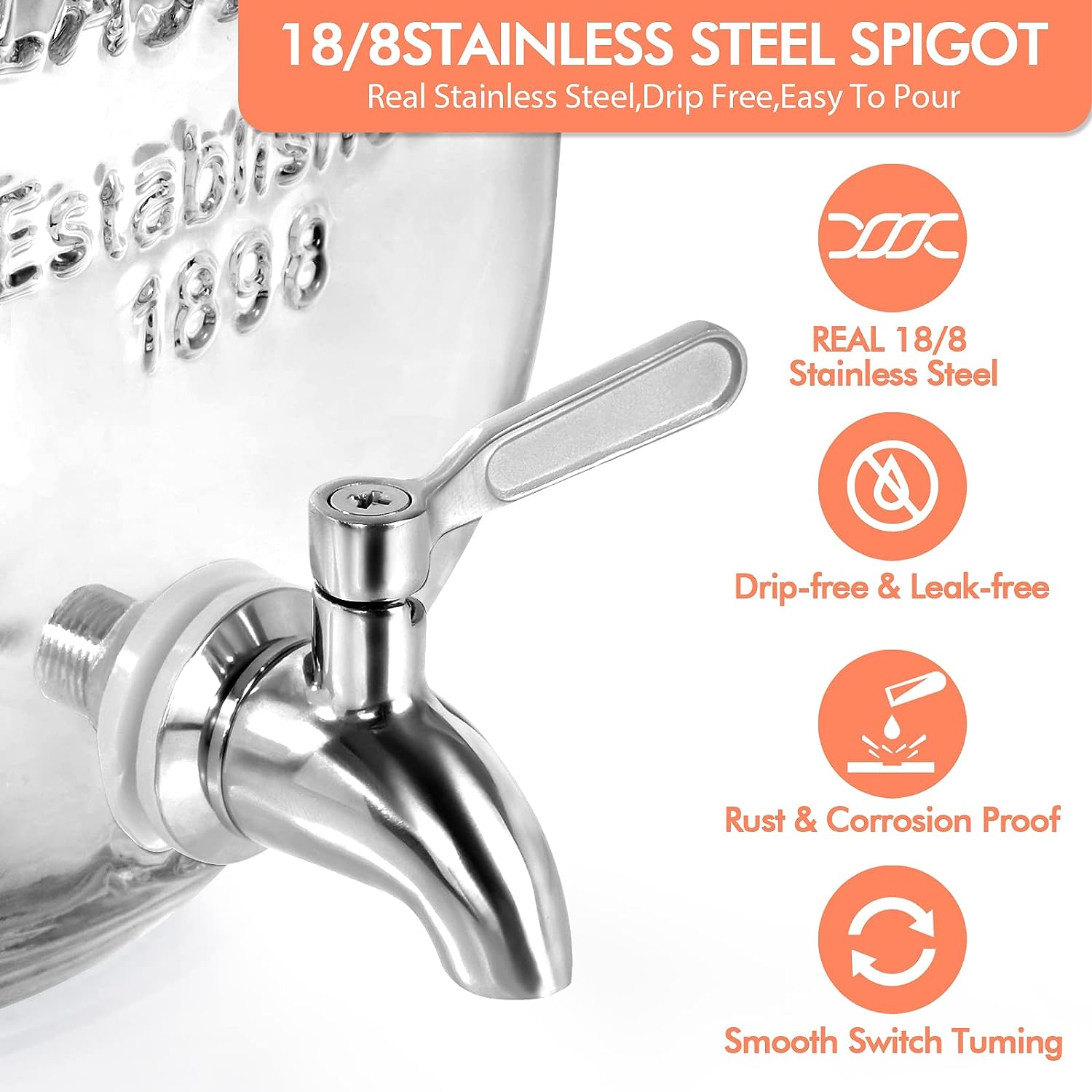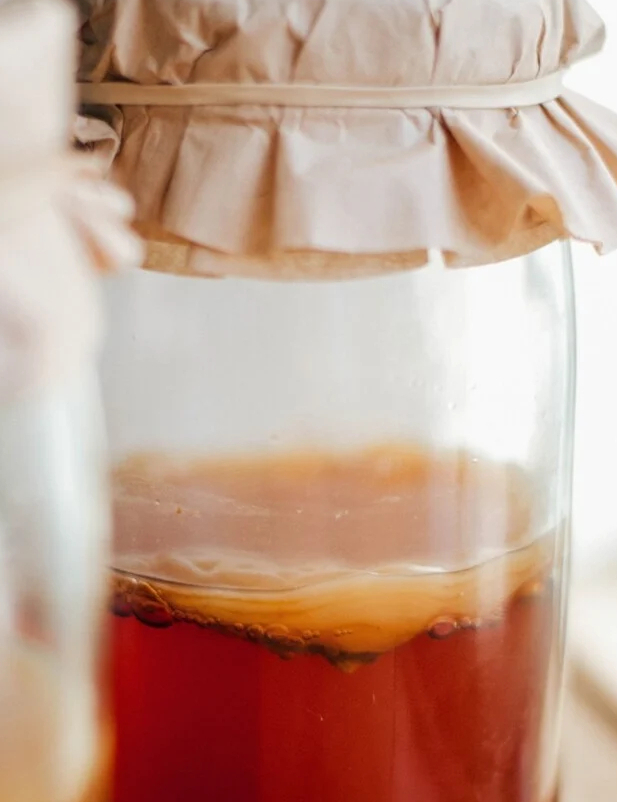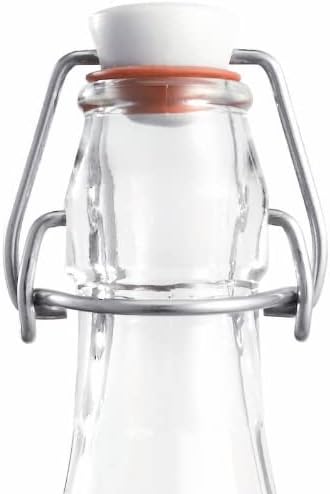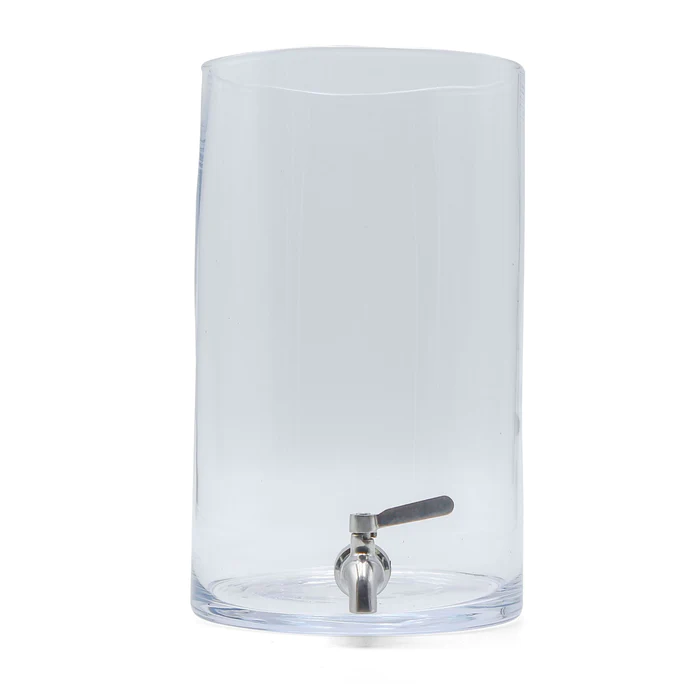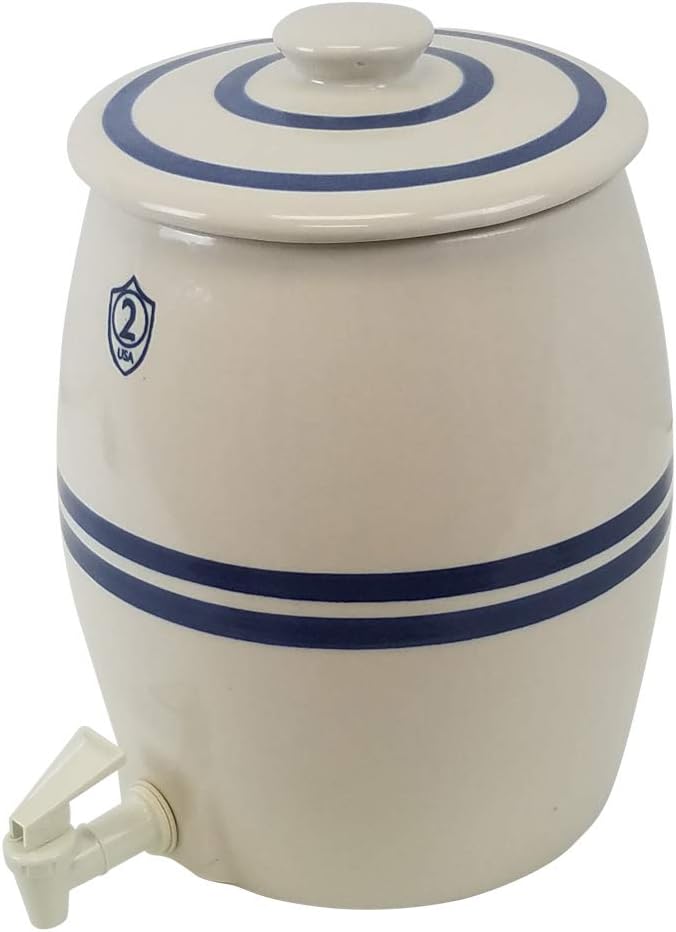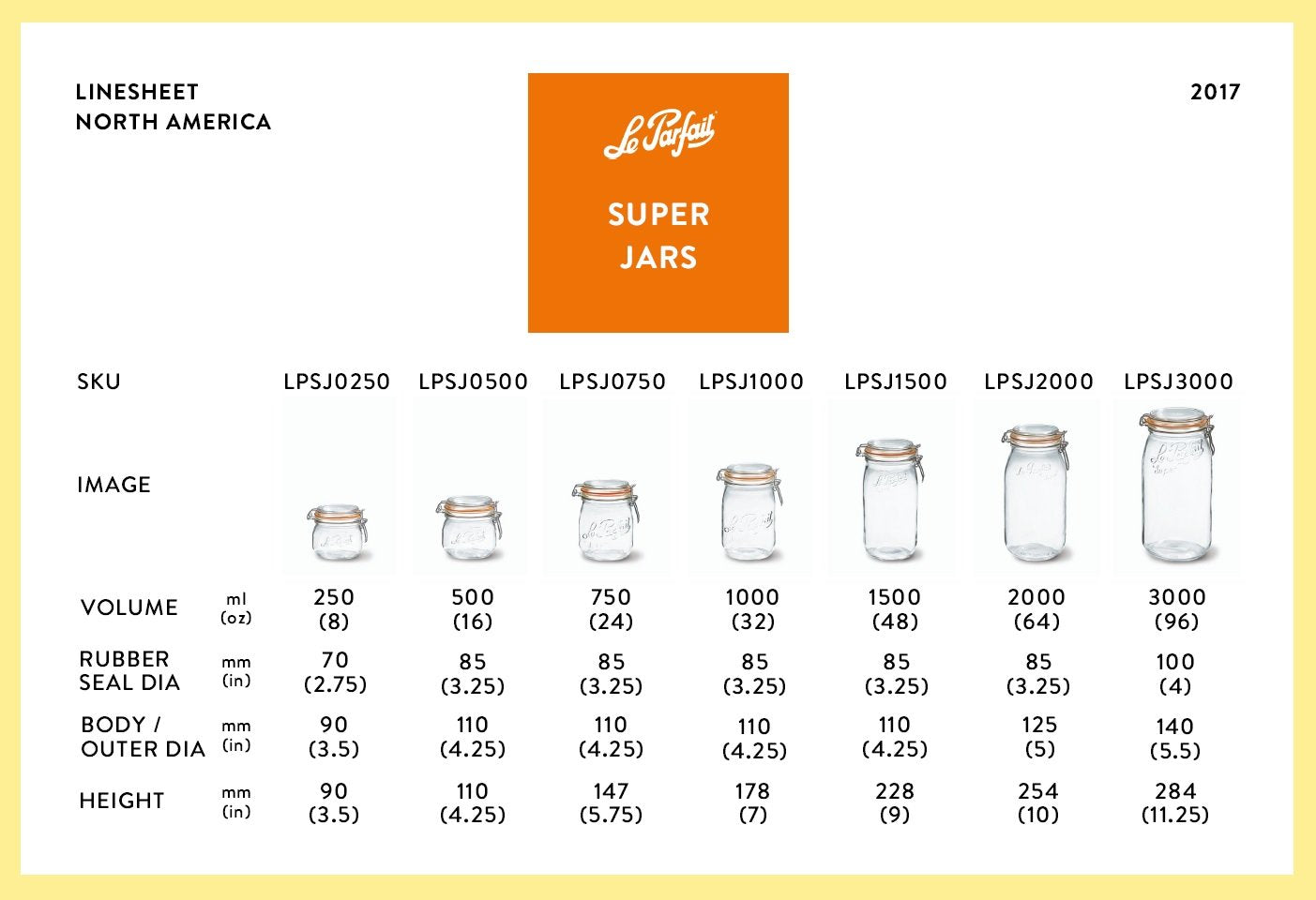Best Glass Jars for Fermentation
Reviews and Recommendations
Best Glass Jars for Continuous Fermentation
F1 Fermentation Vessels: Continuous Brew, with Spigot
Default method: Single Cycle Fermentation
Typically, recipes will recommend starting with somewhere between a 1 to 5 and 1 to 10 ratio of existing starter liquid and tea feedstock. You place this mixture into a fresh, clean vessel, cover, and wait a few weeks.
The Galaxy Brain method: Continuous Fermentation
This is a specific method where you never empty your primary container, never clean it, and crucially, never dilute the culture by more than 2x the initial volume in a single feeding.
What makes a good vessel for Continuous Fermentation?
You probably want a spigot. Gonna need to be an acid-tolerant plastic OR stainless steel.
You’ll want a large mouth, for convenience as well as sufficient oxygenation.
Best Glass Jars for Batch Fermentation
F1 Fermentation Vessels: Single-Batch Brewing, no spigot
Your highly acidic culture is gonna sit in here for months on end, better be confident about your choice of container. You’re gonna want some high-quality, durable tempered glass, and a safely-drilled spigot hole. Though you may be tempted to use plastic for its durability and light-weight nature, most plastics are also a terrible idea, and will leach and embrittle over time. Finally, a continuous brew vessel generally will have a spigot, for convenience. This spigot should absolutely not be made from aluminum or any other leachable alloy.
Chemical Leaching: Some plastics can leach harmful chemicals, such as bisphenol A (BPA) and phthalates, into the fermented food or beverage. These chemicals have been linked to adverse health effects and may contaminate the final product, posing health risks when consumed.
Non-Biodegradability: Most plastics are non-biodegradable, leading to environmental concerns when they are disposed of improperly. The accumulation of plastic waste in the environment can have long-term ecological impacts and may contaminate soil and water resources.
Temperature Sensitivity: Certain plastics may not withstand the temperature variations that can occur during fermentation, especially in processes like hot fermentation. This can result in deformation or release of harmful chemicals into the ferment.
Microbial Contamination: Plastics with porous surfaces or scratches can harbor bacteria and other microorganisms, posing a risk of contamination to the fermentation process. These contaminants can spoil the ferment or introduce harmful pathogens, jeopardizing food safety.
To ensure safe and effective fermentation for human consumption, it’s essential to select food-grade plastics that meet safety standards and are designed for such applications. These seriously are the best glass jars for fermentation! Additionally, regularly inspecting and replacing plastic equipment and containers to avoid wear and tear can help mitigate these potential hazards.
BEST GLASS JARS FOR FERMENTATION: FINAL STAGE / F2 / F3


Awwww yiss click them links, get yourself an expensive, but faaaaantastic set of swing-top bottles

Background: Which Glass Compositions are best for Fermentation? Subsequent Treatments?
Soda-Lime-Silicate Glass:
- Soda-lime-silicate glass is extensively used in food and drink production, such as beverage bottles and jars for preserves.
- It is an affordable option and widely available in the industry.
- Soda-lime-silicate glass can be effectively tempered to increase its durability, making it suitable for applications like carbonated beverage containers.
- It typically does not contain lead, as lead-free versions are commonly used for food and drink packaging.
Borosilicate Glass:
- Borosilicate glass is highly favored for food and drink applications due to its exceptional thermal resistance and chemical inertness.
- It is commonly used for fermentation vessels, kitchenware, and laboratory equipment.
- Borosilicate glass can be effectively tempered to enhance its resistance to thermal shock and mechanical stress, making it ideal for fermenting kombucha and brewing beer.
- Borosilicate glass is generally lead-free, ensuring food safety and purity.
Aluminosilicate Glass:
- Aluminosilicate glass is a specialized type of technical glass used in specific food applications like baking and cooking utensils.
- It boasts resistance to thermal stress and mechanical strength.
- While tempering aluminosilicate glass is possible, it may require more precise processes due to its unique composition.
- Aluminosilicate glass is typically lead-free, aligning with food safety standards.
Lead-Free Glass Compositions:
- Lead-free glass compositions are becoming increasingly popular in the food and drink industry due to health and safety concerns associated with lead exposure.
- These glasses are utilized in various applications, including wine glasses and food storage containers.
- Lead-free glass compositions can be effectively tempered to improve their strength and resistance to impact and thermal shock, ensuring they meet industry standards for safety and purity.
- Tempering – How Big a Deal is it?
Why Not Plastic? Or, How to Safely Use Plastic?
Your highly acidic culture is gonna sit in here for months on end, better be confident about it. Gonna want some high-quality, durable tempered glass, and a safely-drilled spigot hole. Most plastics are also a terrible idea, and will leach and embrittle over time. Finally, the spigot should absolutely not be made from aluminum or any other leachable alloy.
Chemical Leaching: Some plastics can leach harmful chemicals, such as bisphenol A (BPA) and phthalates, into the fermented food or beverage. These chemicals have been linked to adverse health effects and may contaminate the final product, posing health risks when consumed.
Non-Biodegradability: Most plastics are non-biodegradable, leading to environmental concerns when they are disposed of improperly. The accumulation of plastic waste in the environment can have long-term ecological impacts and may contaminate soil and water resources.
Temperature Sensitivity: Certain plastics may not withstand the temperature variations that can occur during fermentation, especially in processes like hot fermentation. This can result in deformation or release of harmful chemicals into the ferment.
Microbial Contamination: Plastics with porous surfaces or scratches can harbor bacteria and other microorganisms, posing a risk of contamination to the fermentation process. These contaminants can spoil the ferment or introduce harmful pathogens, jeopardizing food safety.
To ensure safe and effective fermentation for human consumption, it’s essential to select food-grade plastics that meet safety standards and are designed for such applications. Additionally, regularly inspecting and replacing plastic equipment and containers to avoid wear and tear can help mitigate these potential hazards.
Careful adherence to the above will yield the best glass jars for fermentation.
